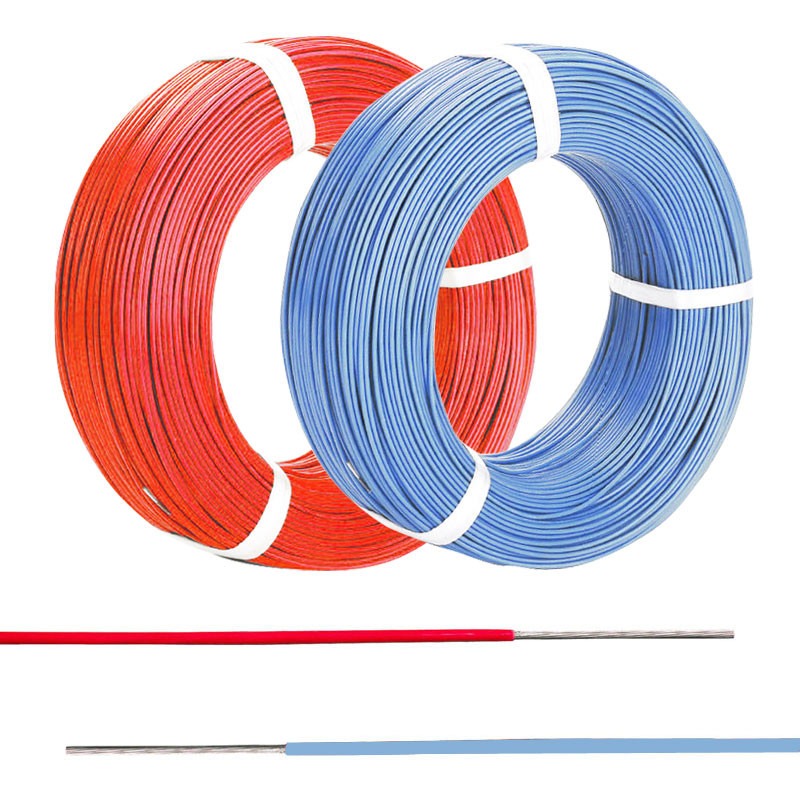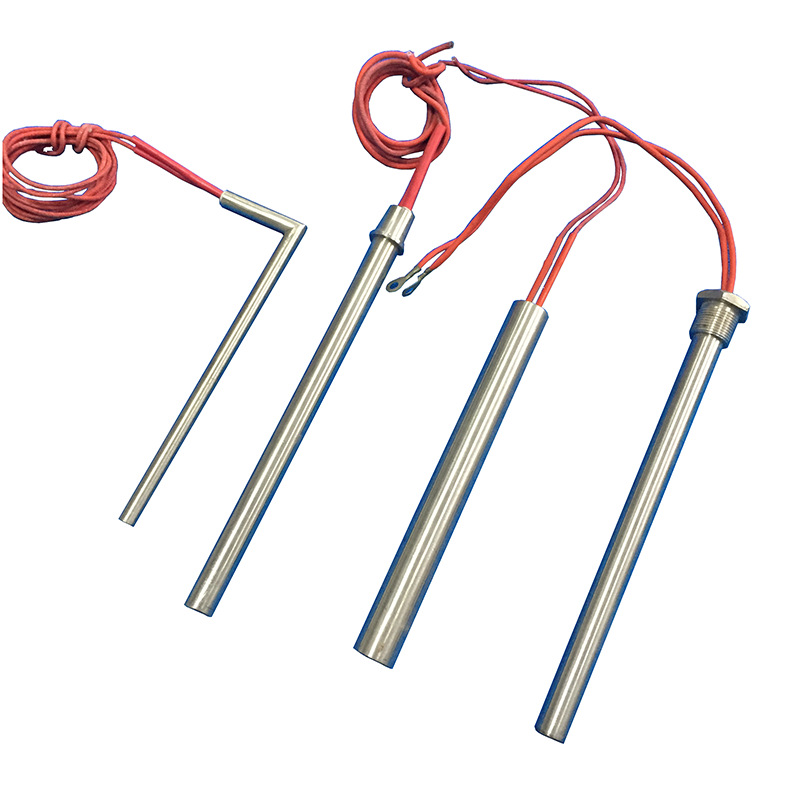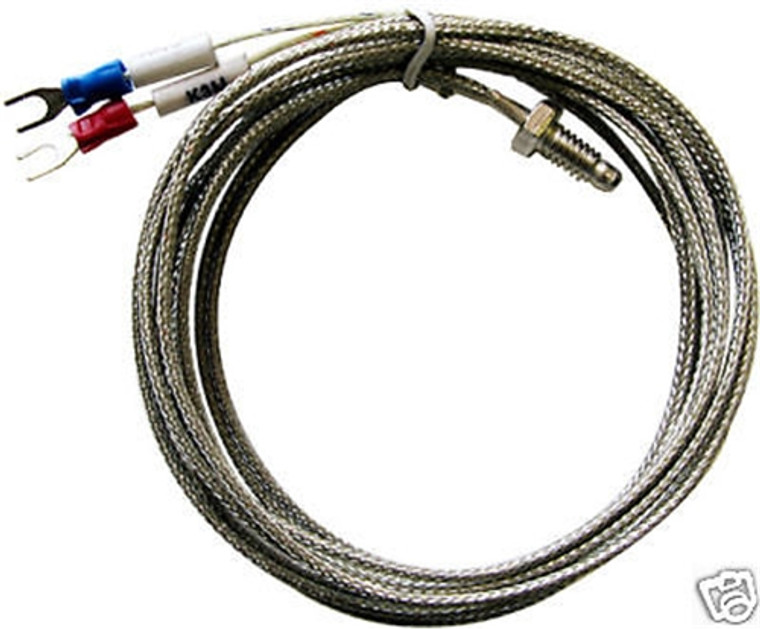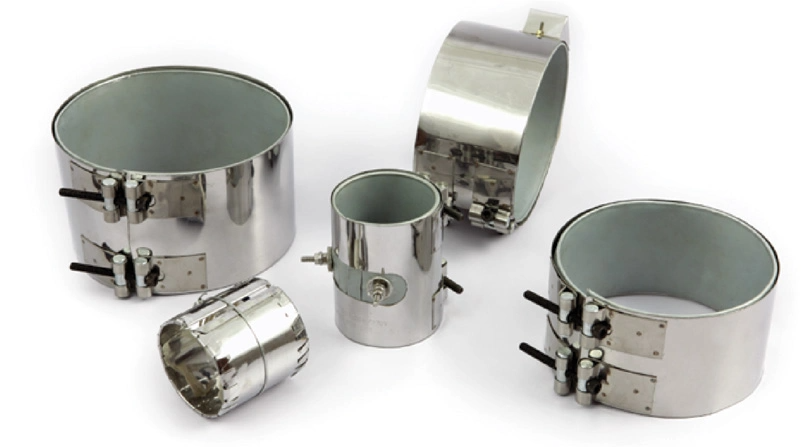Choosing the best electric drum heater isn’t just about price or brand recognition. It’s about performance, safety, energy efficiency, and the ability to maintain consistent temperatures for specific materials.
Whether you’re handling industrial chemicals, food-grade materials, or oils, the wrong heater can lead to waste, downtime, or safety hazards.
That’s why evaluating the right model requires careful attention to several technical and practical factors.
- Identify Drum Material Compatibility
Not every electric drum heater is suitable for every drum type. Most drums are made of either plastic or metal, and the heater must match the thermal tolerance and conductivity of the drum material.
- For metal drums, silicone band heaters or full-coverage jackets are ideal due to metal’s high thermal conductivity.
- For plastic drums, use heaters with lower surface temperatures to prevent deformation or damage.
Always check the heater’s compatibility label or technical datasheet.
- Analyze Heating Method Efficiency
The heating method impacts both energy usage and temperature uniformity. The common types include:
- Band heaters: Wrap around the drum and provide direct contact heating. Best for localized heat.
- Insulated drum jackets: Offer even heat distribution and reduce energy loss.
- Drum base heaters: Heat from below and are useful for high-viscosity materials that settle.
Look for models that combine insulation with thermostatic control to prevent overheating and reduce energy consumption.
- Temperature Control Precision
Temperature control is critical for sensitive contents. Poor regulation can cause scorching, spoilage, or chemical breakdown. Prioritize heaters with:
- Digital thermostats: Offer precise temperature readings and programmable settings.
- Built-in sensors: Automatically adjust heat to maintain stability.
- Overheat protection: Prevents temperature spikes that could damage contents or drums.
- Evaluate Watt Density
Watt density refers to the amount of power per square inch of heating surface. A lower watt density provides gentler, safer heating for delicate materials. A higher density delivers faster heating but may require better control mechanisms.
- Low watt density (≤10 W/in²): Suitable for flammable or temperature-sensitive contents.
- Medium to high watt density (10–30 W/in²): Effective for thicker oils or industrial greases.
- Safety Certifications and Compliance
An effective electric drum heater must meet industry safety standards. Look for:
- UL, CSA, or CE certification: Confirms electrical safety.
- NEMA-rated enclosures: Protects from dust, water, or chemicals.
- Explosion-proof models: Required in hazardous material environments.
- Energy Consumption and Insulation
A poorly insulated drum heater will waste energy and take longer to reach the target temperature. Focus on models that:
- Include thermal blankets or full jackets.
- Use closed-cell foam insulation to retain heat.
- Have automatic shutoff features when optimal heat is reached.
- Installation and Portability
Some heaters require complex mounting or permanent installation, while others are designed for fast setup.
- Flexible silicone heaters are lightweight and easy to wrap.
- Rigid metal base heaters may need permanent placement but offer consistent bottom-up heating.
- Compatibility with Drum Sizes
Check if the electric drum heater supports your drum’s volume:
- 55-gallon models are most common, but smaller (15–30 gallon) and larger (85+ gallon) options exist.
- Adjustable straps or tensioners help fit different sizes securely.
- Always match the heater’s rated capacity with your drum’s exact volume.
- Maintenance Requirements
Maintenance affects long-term reliability. Select models that:
- Allow easy access to thermostats and wiring.
- Come with replaceable heating elements.
- Include LED indicators for error alerts or power status.
- Total Cost of Ownership
Don’t focus solely on upfront cost. Assess:
- Energy efficiency
- Durability under continuous operation
- Warranty coverage
- Availability of replacement parts
Final Thoughts
When choosing the best electric drum heater, align your decision with material type, safety, temperature needs, and energy usage. Each feature should serve a specific function tied to your process. This technical approach ensures safety, efficiency, and long-term value without costly mistakes.














